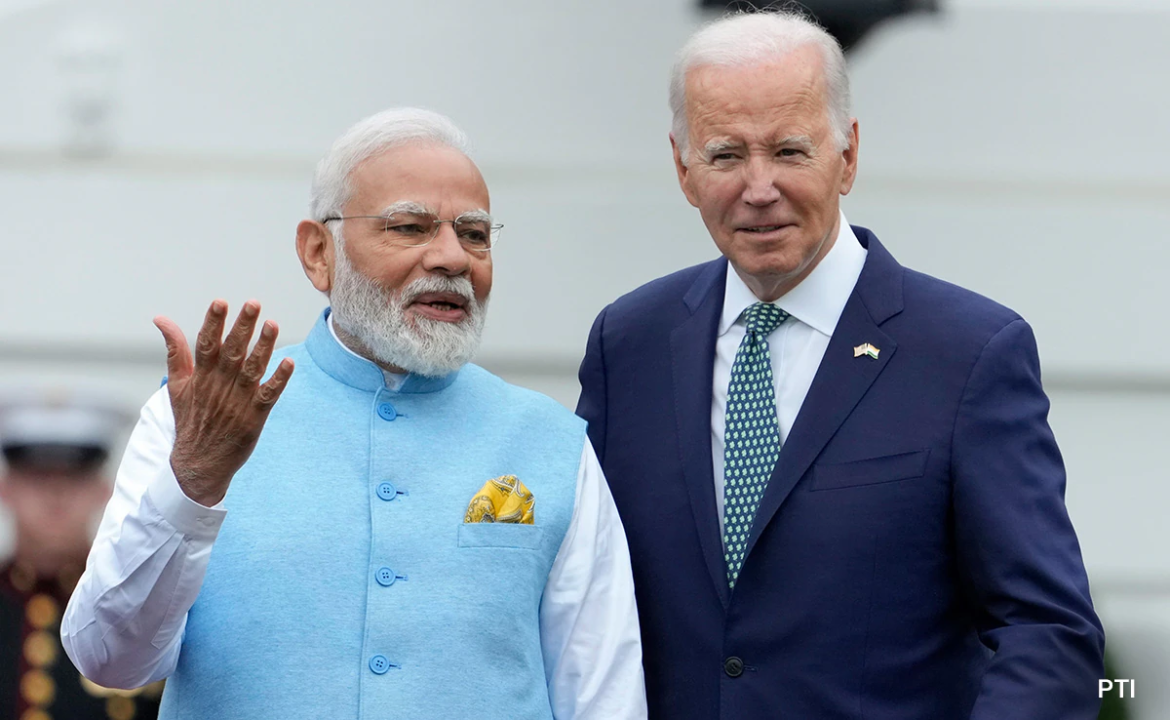AI Generated Summary
- As India’s global dominance continues to ascend, the imperative for the United States to foster a robust and genuine partnership becomes not just a strategic choice but a necessity for navigating the complexities of a rapidly changing world order.
- The timing of the US announcement regarding the scrutiny of its deal to partner with India in the production of GE F-414 engines adds another layer of complexity.
- In the face of common challenges, it is the symbiotic relationship between these two democratic giants that holds the promise of fostering stability, countering authoritarian forces, and shaping a future where shared values triumph over geopolitical uncertainties.
In an era dominated by the shadows of autocratic powers, the evolving dynamics of India’s global standing are under scrutiny. The pivotal India-US partnership, a beacon of hope in a multilateral world, holds immense promise, yet progress remains frustratingly slow. The journey from Barack Obama’s bold proclamation in 2010 to the present state of affairs under Prime Minister Narendra Modi is marked by challenges and opportunities that demand a deeper examination.
The trajectory of this relationship has weathered storms, from concerns about the US sheltering terrorists to disputes over technology transfer in defense deals. However, under Prime Minister Modi’s leadership, India has not only revitalized alliances such as the Quad but also strengthened strategic groupings like the West Asian Quad, positioning the United States as a significant defense supplier.
Recent events surrounding India’s Republic Day parade invite to President Joe Biden and the subsequent decline underscore a peculiar dance of diplomacy. The apparent faux-naivety and the subsequent choice of French President Emmanuel Macron as the guest of honor reveal the delicate intricacies of India’s defense procurement strategy. In the face of a complex geopolitical landscape, India is making choices that align with its national interests, irrespective of external pressures.
Diplomatic intricacies further unfolded as India stood firm on national security concerns against Canadian and US diplomats. Western media, in response, resorted to embellishments and misrepresentations, amplifying a narrative of Indian “belligerence” without delving into the contextual realities. The question arises: is there a deliberate attempt to magnify a perceived rift in India-Russia relations, especially following External Affairs Minister S Jaishankar’s visit to Russia?
The timing of the US announcement regarding the scrutiny of its deal to partner with India in the production of GE F-414 engines adds another layer of complexity. This deal, promising an unprecedented 80% Transfer of Technology, could substantially boost Indian manufacturing. Yet, the timing raises eyebrows, prompting speculation about the underlying motives behind the announcement.
In a world where transactional national interest often trumps diplomatic niceties, the pragmatism of foreign policy dictates that trade and engagements must persist despite occasional diplomatic kerfuffles. However, as both India and the US approach elections, the absence of attempts to signal goodwill raises concerns. Shadowy domestic politics, as noted in a Firstpost analysis, appears to guide American foreign policy, making the upcoming elections not just a national affair but an international one.
As India and the United States navigate the intricate path of their partnership, the year 2024 stands as a pivotal juncture. Beyond the intricacies of diplomacy and electoral dynamics, the evolving alliance is a critical linchpin in the global balance of power. India’s rising prominence on the world stage, underscored by its strategic alliances and robust national security posture, signals an era where it is increasingly poised to shape geopolitical narratives. In countering the ever-growing influence of China, the United States finds in India a steadfast ally with shared democratic values and economic prowess. As India’s global dominance continues to ascend, the imperative for the United States to foster a robust and genuine partnership becomes not just a strategic choice but a necessity for navigating the complexities of a rapidly changing world order. In the face of common challenges, it is the symbiotic relationship between these two democratic giants that holds the promise of fostering stability, countering authoritarian forces, and shaping a future where shared values triumph over geopolitical uncertainties.
The opinions expressed in this article are those of the author. They do not purport to reflect the opinions or views of Khalsa Vox or its members.




